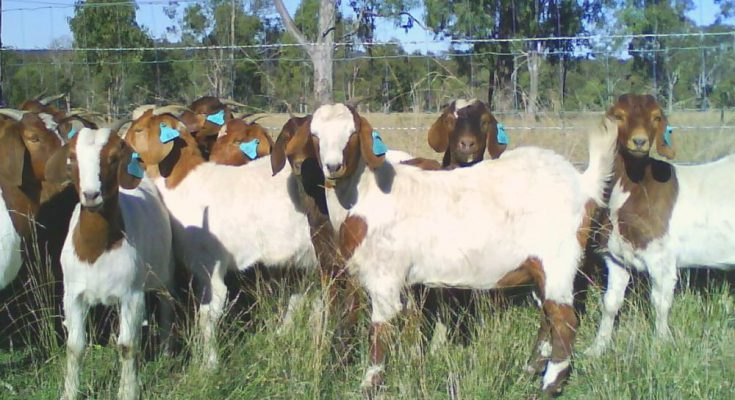Globally animal-agriculture is facing enormous challenges such as urbanisation; reducing land available for cultivation; climate change; growing water scarcity; competition from biofuels for grains; and soil degradation. Meanwhile, developing nations and the growing overall world population are demanding more animal protein. As a proactive industry association, CLFMA is leading the agenda of sustainably increasing animal protein production in the country through focusing on the following top three priorities.
1.Increase input efficiency
Contrary to the popular myth that the increasing consumption of animal protein is at odds with sustainability, livestock sector is an important contributor to sustainably meeting the world’s food demand. Indian livestock industry, as it enters an exciting growth phase, needs to focus on ways they can produce more from less. Be it feed, water, energy or antibiotics, the Indian livestock industry is making all efforts to judiciously use these inputs to maximise the conversion efficiency. For example, through investing in genetic improvement of milch animals, their yields can be boosted significantly when complementing with balanced ration.
2.Reducing environmental footprint of animal protein
In most developing countries, crop and livestock farming complement each other. Diversifying the feed raw materials for meat production can play an important role in environmental sustainability. By-products from crops; biomass of various kinds; and slaughterhouse wastes (meat and bone meal) are being utilised by the livestock industry, which rids the ecosystem of burgeoning waste burden. Further, poultry manure or litter, for example, can be used as manure and thereby can replace chemical fertilisers to some extent in modern intensive agricultural production systems.
Additionally, with serious concern globally and in India on the use of fossil fuels, it is important for India, which produces about 450-500 million tonnes of biomass per year, to effectively use them. More research is being pursued in this direction as India still needs to capture more value out of biomass particularly for animal feed. Further, new technologies are being explored to find out alternative sources of proteins (such as insects, algae) for feed so that our dependence on the traditional raw materials (maize and soybean) is reduced significantly.
3.Saving natural resources
Recent advancements in animal nutrition are helping the industry maximise feed conversion ratio with less and less inputs. Without these technologies or innovations, far more cultivable land area is needed to produce enough feed grain to cater to the increasing demand from feed sector. So, the ultimate result of these innovations is the reduction of conversion of pristine natural landscape and forests into crop lands. To achieve increased animal performance while minimising feed costs, new nutritional strategies, feed additives (enzymes), must be employed to optimise feed conversion and digestibility.




